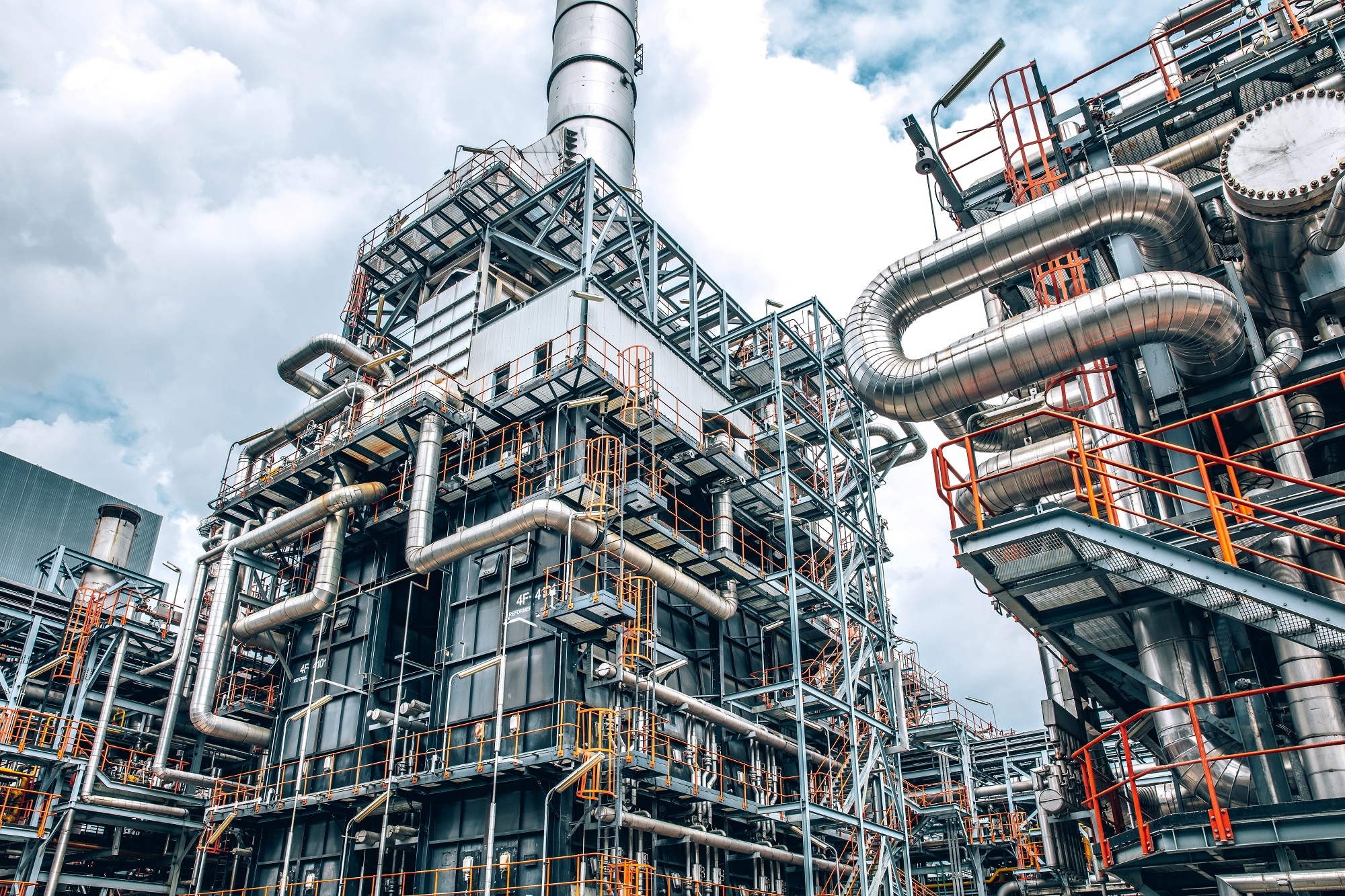Hot Inspection Service
Avoid Furnace Shut Down with Online Fired Heater Inspection
Is there an issue with your high temperature fixed equipment, but you can’t see the cause, or the exact site? We designed and developed Hot-tek‘s Lancescope™ fired heater inspection tool for just this situation. It allows to undertake a high temperature furnace inspection to determine the scope of the problem, often avoiding an expensive shut down of the heater.
Hot-tek‘s Lancescope™ system provides real-time, close-up or wide-angle views of virtually any area inside a fired heater, or other high temperature equipment while it is still operating. The hot inspection system uses a state-of-the-art digital camera system, which provides clear, detailed images of problem areas up to 3000°F (1650°C). The furnace inspection system can be inserted into openings as small as 2.75” (7cm) and reach up to 30ft (10m). In applications below 1000°F (540°C), the heater inspection system provides illumination via a high temperature light source for optimum clarity.
Benefits of the Lancescope™ Fired Heater Hot Furnace Inspection Process
- Performed while unit is in operation
- Provides insight for production availability
- Identifies damage in early stages
- Reduces maintenance costs
- Minimizes repair down time
- Maximizes production
The Lancescope™ technology is supplemented by a complete infrared thermography analysis, temperature tests, and emissivity measurements.
Infrared Thermography – we employ infrared technology to inspect furnace process tube surfaces to primarily identify the degree of oxidation and scale formation.
Thorough inspection provides data needed for other Hot-tek™ on-line services.


Hot Inspection Service in Action inside your Fired Heater
Step 1: Locating the problem
- Cetek’s Lancescope™ is inserted into the fired heater for inspection, which is still online
- The images detail a failure area by using the Lancescope zoom feature
- The images capture the missing refractory exposing structural steel to intense heat.
Step 2: Hot Refractory Repair (HRR)
- Images are taken during the Hot Refractory Repair process on a large vertical cylindrical crude heater
- The ‘before’ image shows clear daylight through a void in the shell, showing missing refractory
- The void is sealed with Cetek baskets, repairing the refractory, and restoring productivity

Free consultation with an IGS Subject Matter Expert
IGS is here to provide information, answer questions and create an effective solution for your needs.
